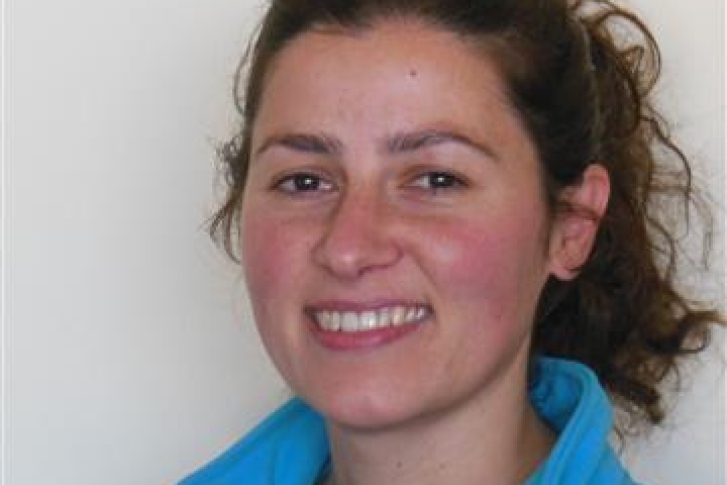Scientists have returned from a 14-day expedition to one of the most unexplored parts of the ocean.
NIWA and Scripps Institution of Oceanography researchers on board NIWA’s deep-water research vessel Tangaroa deployed four autonomous robots, known as Deep Argo floats, along the Kermadec Trench in the southwest Pacific Ocean.
The Deep Argo floats, built at Scripps Institution of Oceanography, collect information on the ocean temperature, salinity, and water flow from the surface to 6000 m depth. The floats surface every 10 days to send their data back via satellite, and once deployed, they are left for up to six years to work autonomously.
NIWA Physical Oceanographer Dr Denise Fernandez said the Deep Argo floats will reveal clues to long-term trends in the deep ocean.
“The ocean depths are crucial to the world’s climate and ecosystems – they act as ‘carbon sinks’, store heat, and transport things like oxygen and nutrients around the globe via currents. However, only 10% of ocean data comes from below 2,000m, so we know very little about how significant the role of the deep ocean is at regulating the climate system.
“These floats will provide much needed information about what’s happening way below the surface,” said Dr Fernandez.
New Zealand’s environment is greatly impacted by deep-ocean processes, with warm subtropical currents coming from Australia and the cold Antarctic circumpolar current coming in from the south.
“The deep ocean isn’t immune to climate change. The tropics are getting warmer and ocean currents are carrying this heat towards us, driving the consistent marine heatwaves that New Zealand has experienced over the past few years. So, by understanding the deep ocean, we understand our entire climate and environment better,” said Dr Fernandez.
This work is part of the larger Argo Program, a global network of nearly 4,000 of these autonomous robotic floats. NIWA has deployed around 2,000 Argo floats in the Pacific, Indian and Southern Ocean over many voyages since 2004, more than any other organisation.
Scripps Institution of Oceanography researcher Dr Nathalie Zilberman says that this voyage allowed key development of Deep Argo technology.
“A big part of this mission was testing and validating several Deep Argo oxygen sensors to bring their performance closer to ship-based instruments. The long-term objective of this project is to better understand how the amount of oxygen in the deep ocean is impacted by climate change.
“All oxygen data from the Tangaroa cruise will be shared with the sensor manufacturers. This unique collaboration between academia and the industry will increase the accuracy, precision, and stability of oxygen measurements collected from Argo floats from the surface to the sea floor,” said Dr Zilberman.
In addition to research activities, Dr Fernandez lead a STEM education activity for students as part of the voyage. Styrofoam cups, decorated by 7-year-old students from Silverstream School in Upper Hut, were attached to the CTD rosette and lowered to a depth of 6,000m to study the effect of water pressure on them.

